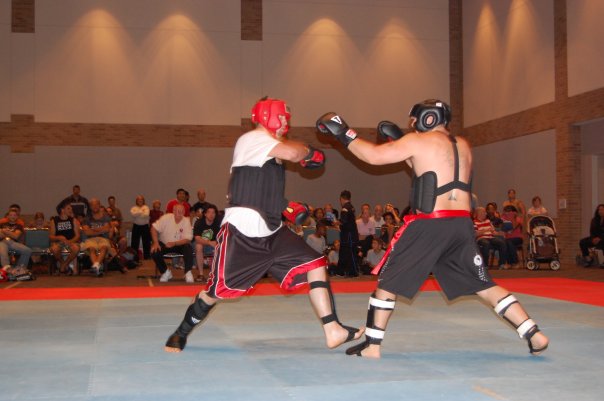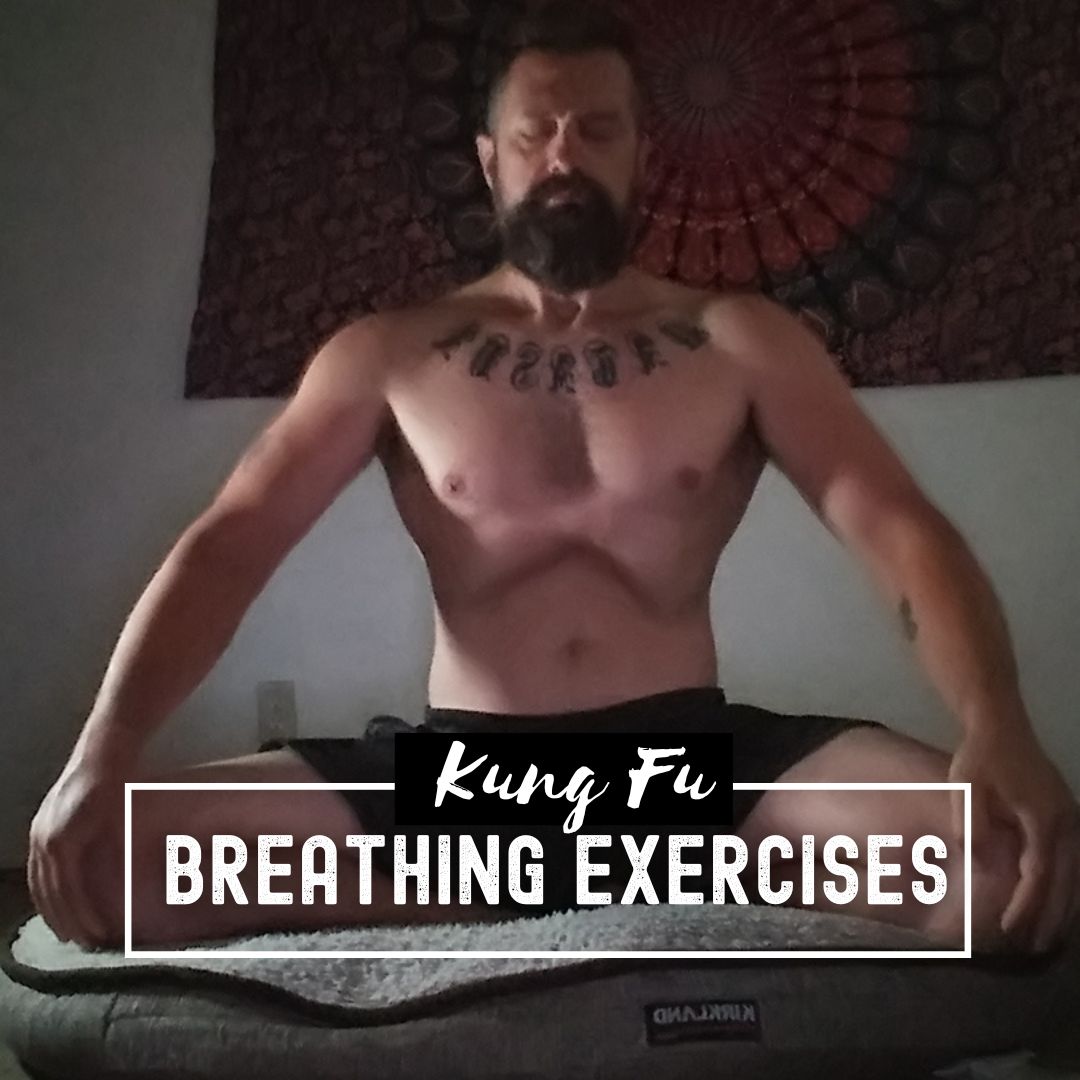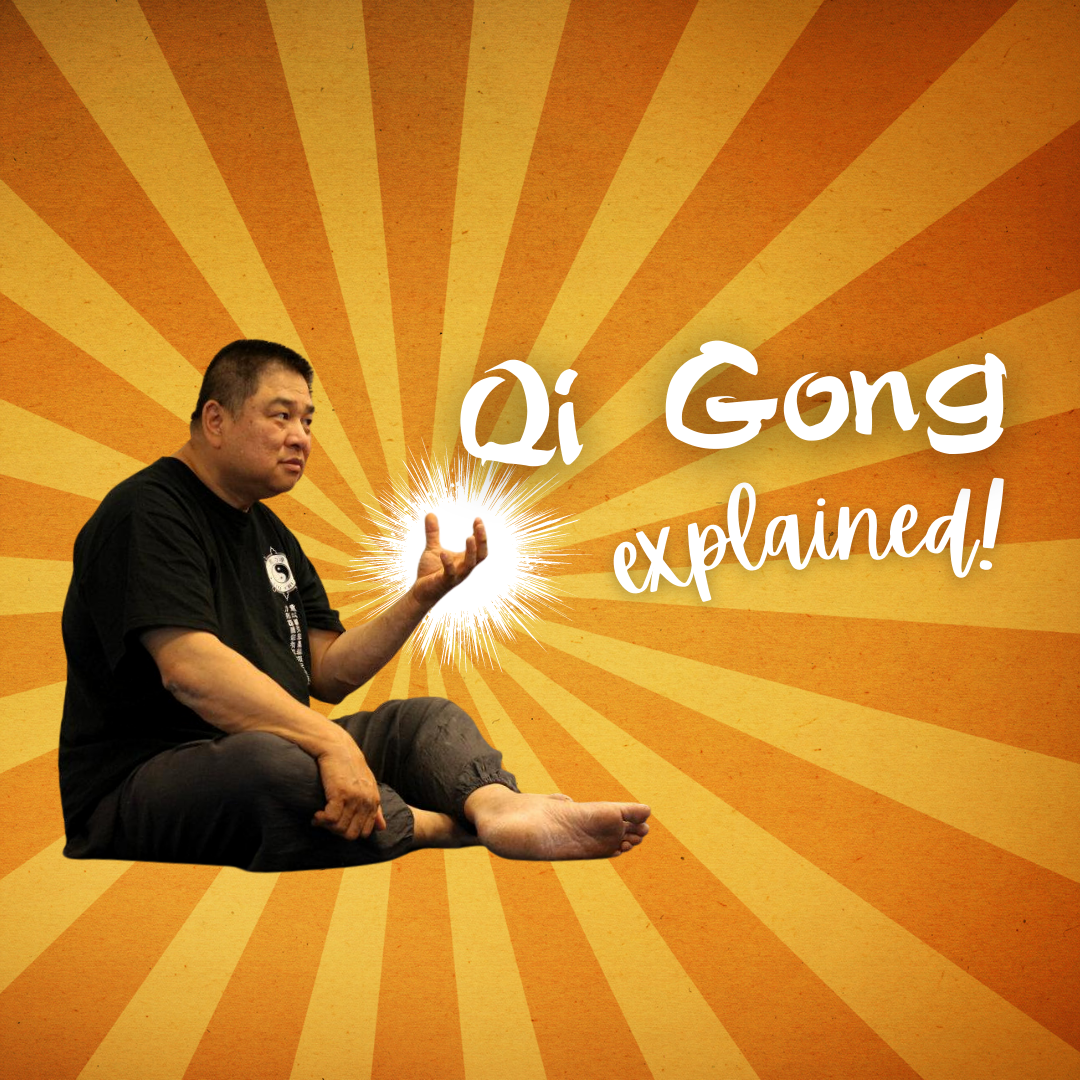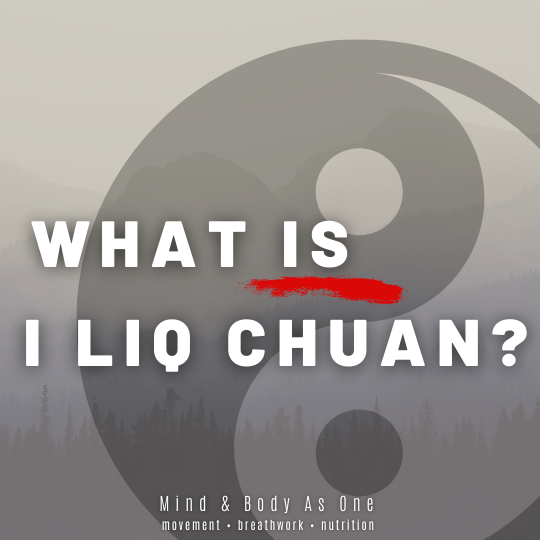
Are martial arts considered a sport, a form of self-defense, or something else altogether? Like many complex topics, the answer is “it depends.” If you read the forums and subreddits, you’ll find heated debate on all sides. I’m going to tell you what I think everybody should know based on my 20 years as a student, instructor, and former competitive fighter.
There are a few different ways to answer these questions. For example, some people would say that in the modern day, martial arts are a sport, while others might argue that they are more of a means of self-defense or even a way of life.
So let’s take a look at each.
Martial Arts As Sport

Before we can answer the question of “are martial arts considered a sport,” it may first be helpful to ask, “what is a sport?”
Oxford dictionary defines sport as “an activity involving physical exertion and skill in which an individual or team competes against another or others for entertainment.”
If you consider a sport to be any activity that requires physical skill and is competitive, martial arts can undoubtedly qualify. Martial artists are generally very physically fit and must be able to execute techniques with precision and power. Moreover, many martial arts styles hold tournaments where practitioners can compete against each other or students of different types.
Let’s take a closer look at a few of the factors that define competition in a sports context, especially concerning martial arts:
Sports Performance

- fixed time and place for performance
- Rules and safety equipment
- Referees to enforce rules and keep competitors safe
- training will focus on precision, accuracy, and endurance
- weight classes
- competitors are evenly matched based on experience level
Sport competitions have clear rules, unlike an actual self-defense situation which is “no holds barred.” This makes martial art competitions more fair and entertaining to watch.
Competitions take place on a fixed date, which can be trained and prepared for, unlike self-defense which can happen without warning. Having a set date can considerably impact how training looks as it allows the athlete to structure training to “peak” on the date in question, with an off-season or deload period. As an athlete gets closer to the competition, training will likely focus on fine-tuning techniques and HIIT or High-Intensity Interval Training for endurance.
Weight classes are another consideration for martial arts and combat sports, especially. A skilled fighter can indeed use good technique to overcome a larger unskilled opponent. However, when both fighters are equally trained, size matters; weight classes help keep both fighters safe. An athlete who’s heavier than their intended weight class may need time to diet and lose weight. (Check out our online health coaching if you need some help getting “fit to fight!)
Another difference between sports and self-defense is that fighters are usually matched based on experience level in competition. So if it’s your first time fighting, you won’t (or shouldn’t) be fighting somebody with 100 fights already.
Some martial arts, like Wushu, are more like gymnastics; competitions focus more on the individual’s athleticism rather than fighting ability.
Related Post
Combat Sports
The term “combat sports” was coined in the early 2000s to refer to martial arts focused exclusively on full-contact fighting. These modern iterations of traditional martial arts have mostly abandoned forms as a method of learning new techniques in favor of freestyle training and current strength and conditioning techniques, which are more effective in the ring/cage.
Some examples of combat sports are:
- Western boxing
- Muay Thai
- MMA
Many combat sports fans will argue that MMA proved that traditional martial arts training was ineffective. However, many fighters from traditional arts like karate man Lyoto Machida or Roy “Big Country” Nelson (who got his start in kung fu) have successfully adapted their arts to become champions.
With the exception of arts like fencing or kendo, most competitive martial arts practices and combat sports will rarely focus on training how to use or defend against weapons.
All in all, you could say the defining trait of martial arts as a sport is a focus on a fair fight.
Martial Arts For Self-Defense
By comparison, a fair fight is the last thing you want when life or death is a potential outcome. In the military, it’s common to hear something like “if you find yourself in a fair fight, your tactics suck” or “if you’re not cheating, you’re not trying.”
Martial arts training can provide invaluable self-defense skills in a variety of situations. It’s crucial to be prepared for anything in a real-life self-defense situation because there are no rules or referees. In addition, self-defense may involve multiple attackers and weapons, and the focus is often on finding or creating an opportunity to escape to safety.
For those who train martial arts for personal safety, the only outcome that matters is ending the fight as quickly as possible. This often requires different techniques than those used in competition. For example, strikes to the throat, eyes, or groin are usually illegal in competition, but they may be the most effective way to end a self-defense situation. This is why it is so important to train under an instructor who understands your goals and can help you practice effectively.
There are many differences between sports and self-defense. In self-defense, there are no rules and no one to intervene if you start losing. Attackers could be of any size, number, or experience level. This makes self-defense much more dangerous than sports.
Self-Defense
- will happen unexpectedly
- no rules
- no one to intervene on your behalf if you start losing
- strength, power, and building a broad base of techniques
- attackers could be of any size, number, or experience level
Because a violent attack is unpredictable, preparation or conditioning for self-defense can look very different from sports preparation. It’s impossible for anyone to stay in “peak” condition year round. By definition, a peak is a high point. For sports, a “peak” is usually timed to fall on the date of the competition. Additionally, since violent attacks are usually over in seconds, endurance is less of a factor. As a result, training can often focus on building strength and power. Rather than “cardio,” you might just maintain a baseline of GPP, or “general physical preparedness.”
Size Matters
For combat sports, the goal is to show up to a fight as strong as possible, at the lightest possible body weight for that fighter’s unique combination of height and build. Another way of looking at it would be the goal is to come in as heavy as possible, while staying under the limit for the preferred weight class. However you look at it, the fighter in question has to solve the same problem: there’s a limit to how much they can weigh at weigh-in time.
There are no weight classes when it comes to self-defense however; indeed, having a bit of extra mass is an advantage for self-defense. Not only does extra bodyweight improve your leverage, but it also gives you some additional protection from injury.

Self-defense training can include, or even focus primarily, on the use of weapons like edged weapons or firearms. Empty-hand or hand-to-hand fighting is considered a last resort.
Some martial arts that focus primarily on weapons and self-defense training are:
- Silat
- Arnis
- Krav Maga
A Path To Self-Improvement
With the right guiding philosophy and principles, martial arts like I Liq Chuan are like the elephant’s footprint; all the other animal’s footprints can fit within it. What this means is that our martial arts practice becomes a tool rather than a goal. Our practice opens up, rather than narrowing down; it informs our whole lives and helps us to be better people.
Martial arts have been a method of personal development for centuries. Disciplined training can help to improve concentration and focus while also teaching important life lessons such as patience and respect. For many practitioners, the goal is not simply to become physically stronger or more skilled in combat but to become the best version of themselves. It’s a journey in which one explores their strengths, test their limits, and learn how make the best use of themselves in daily life.
When trained as a method of personal development, self-discipline, concentration, and wisdom are the long-term goals.
Zen & Budo

In his book “The Zen Way To Martial Arts“, Zen master Taisen Deshimaru said the following:
“They are simply using the martial arts as playthings; to them, they are sports are like any others.
But people who want to live their lives on a higher dimension do have to understand (the difference).
Nobody can be compelled, and nobody can be criticized. The first lot are like children playing with toy cars, while the second drive real automobiles. I have nothing against sports; they train the body and develop stamina and endurance. But the spirit of competition and power that presides over them is not good. It reflects a distorted vision of life. The root of the martial arts is not there.
The teachers are partly responsible for this state of affairs; they train the body and teach technique, but do nothing for consciousness. As a result, their pupils fight to win, like children playing war games. There is no wisdom in this approach, and it is no use at all in the business of managing one’s life.
What good to them is their technique in everyday life?
Sports are only amusement, and in the end, because of the spirit of competition, they wear out the body. That is why the martial arts should strive to recapture their original dimension. Inthe spirit of Zen and budo, everyday life becomes the contest.
There must be awareness at every moment; getting up in the morning, working, eating, going to bed. That is the place for mastery of the self.”

It’s About Knowing Yourself
In an interview with Bryson Newell of the Somatic Primer podcast, my Sifu, Grandmaster Sam FS Chin, had this to say about martial arts for personal development:
“In the end, most Chinese martial arts do come down to cultivation (i.e., self-improvement). We use martial arts as a tool to learn about and train ourselves, like Shaolin monks. Shaolin used martial arts to cultivate themselves [spiritually].
Traditionally, Chinese martial arts always had the concept that in the end, you will go down the path of self-cultivation.
I like martial arts as the basis for self-cultivation because martial art itself needs a kind of readiness, and alertness, to begin with, you see. Likewise, as you cultivate yourself, you need alertness, readiness, right, [you need mental clarity].”
Martial arts can be a sport, trained for self-defense, and can be a way of life and self-development. The key is having the right mindset. Having the right philosophy, concepts, and principles adjusts your point of view and opens your mind.





















